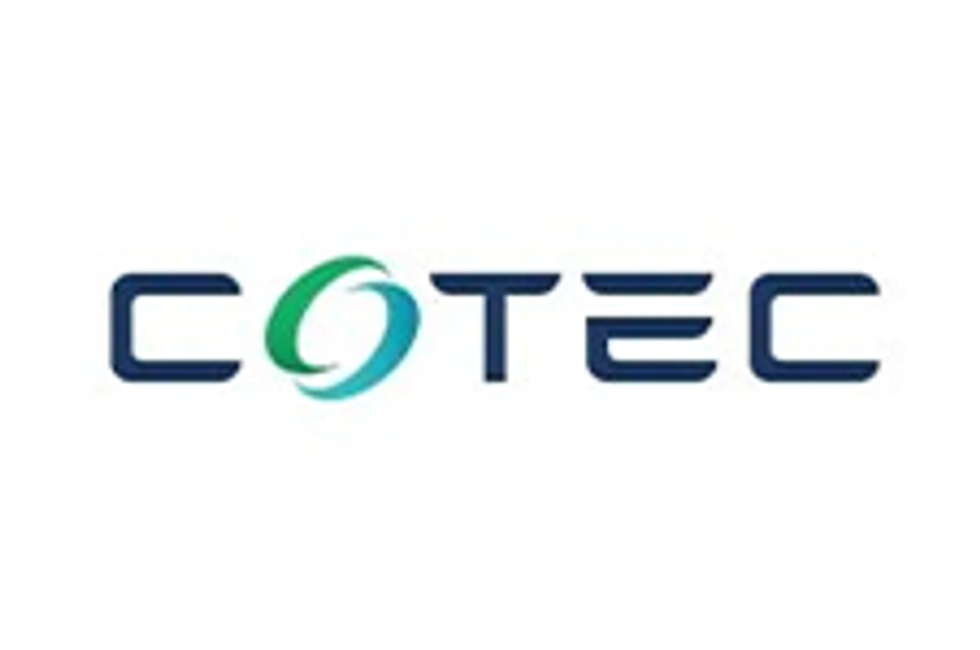Canada's First Rare Earths Processing Facility a Unique Investment Opportunity

The Saskatchewan Research Council's facility will prove instrumental in establishing a REE technology hub in the province, while also building a foundation for commercial REE development — creating a multitude of excellent investment targets in the process.
China currently leads the global market for rare earth elements (REEs), with the largest known reserves and the highest annual production volume. Unfortunately, this dominance represents a considerable barrier for the global clean energy transition. Not only does the Chinese government have a history of using quotas and tariffs for political leverage, there are also social and environmental problems with China's rare earths production methods.
Addressing these problems requires other countries to establish their own stable, domestic supply of rare earths. For Canada, this means tapping into its extensive monazite-hosted deposits. To complement rare earths mining activities, the country is also venturing into rare earths processing and will soon launch North America's first commercial monazite rare earths processing facility in Saskatchewan.
Constructed by the Saskatchewan Research Council (SRC) with support from Saskatchewan's provincial government, this facility will prove instrumental in establishing a rare earths technology hub in the province, while also building a foundation for commercial REE development — creating a multitude of excellent investment targets in the process.
Assessing Canada's rare earths reserves
According to Natural Resources Canada (NRCAN), Canada hosts some of the largest known reserves of REEs with roughly 15.1 million metric tons of rare earth oxides as of 2022.
There are currently 13 active rare earths projects in Canada, and more than 21 total REE mining projects in various stages of development, according to NRCAN. These are situated throughout the Northwest Territories, Alberta, Quebec, Ontario, Saskatchewan, and Newfoundland and Labrador, with the majority of active projects being located in Saskatchewan and Quebec.
For all the development that has occurred in recent years, many of Canada's rare earths resources are as-of-yet untapped. Primarily, this is because processing can be both complex and costly. Until recently, rare earths mining companies in Canada had little choice but to ship resources elsewhere for refinement.
The Saskatchewan Research Council rare earths processing facility changes that.
Strengthening the domestic rare earths supply chain
Situated in one of the most attractive mining jurisdictions in the world, the processing facility is the first of its kind in North America. Constructed near SRC's other facilities and laboratories in Saskatoon, the facility will be helmed by experienced technologists and engineers, all with broad knowledge of REE production. SRC currently has three units planned for the facility — monazite processing, separation and metal smelting.
The monazite processing unit is expected to begin operations in 2023, and the latter two units are expected to be operation-ready by 2024. According to SRC, the processing unit will treat monazite sands — primarily a source of light REEs — at a concentration of roughly 60 percent. Once treated, materials will then be sent to a separation unit, which will produce individual rare earth oxides, with the metal smelting unit available for additional processing.
Once the facility is fully operational in 2025, it's expected to pave the way for considerable technological, economic and infrastructure development within Saskatchewan. More importantly, the facility will prove instrumental in helping Canada address the rapidly growing demand for rare earths.
"The infrastructure needed in Saskatchewan for processing REES is rapidly advancing and coming to fruition with the SRC facility," explained Stephen Burega, president of Appia Rare Earths and Uranium (CSE:API,OTCQX:APAAF), a major Canadian rare earths and uranium exploration and development company. "Other infrastructure needs like roads and power are next in line for ensuring the supply chain."
Building a rare earths technology hub
Appia could be one of the SRC processing facility's' most significant beneficiaries. Its flagship operation, Alces Lake, hosts the highest-grade monazite REE occurrences in North America. The company recently announced a new REE outcrop discovery in the area along with 13 other new REE mineral occurrences with up to 36.11 wt. percent total rare earth oxides.
The company is planning an aggressive 2023 exploration and drilling program for Alces Lake. It also operates four other properties in the Athabasca Basin, with all containing the potential for significant uranium and REE mineralization. The company works closely with Saskatchewan's First Nations to ensure that any operations taking place in areas that are traditionally inhabited are developed with the environment, local wildlife and the benefit of the community in mind.
"Appia is at the forefront of REE exploration in northern Saskatchewan," Burega said. "The First Nations people of Saskatchewan are rapidly realizing that they can participate in the development of an REE economy in Saskatchewan by providing their energy and support to these projects within an inclusive and progressive business environment."
Although a major player in Saskatchewan's rare earths sector, Appia is far from the only company for which the facility represents a considerable boon. Last year, Traction Uranium (CSE:TRAC,OTCQB:TRCTF) announced that it would conduct a joint study with SRC of monazite-hosted REEs at its Key Lake South mine.
The processing facility is expected to be beneficial to operating mining companies as well, such as Yellowknife-based Cheetah Resources, a subsidiary of Vital Metals (ASX:VML), with its flagship Nechalacho mine.
"There's two issues (with rare earths processing). Your biggest cost in processing minerals is the cost of power," Vital Metals Vice President of Strategy and Corporate Affairs David Connelly told CBC News. He explainted that the second issue involves permit processing. "What takes five, six, seven years in the Northwest Territories takes months in Saskatchewan."
Notably, Vital Metals is working to establish its own processing plant for bastnaesite concentrate, for which it received C$5 million in funding from the Saskatchewan Government in 2022. This will establish Vital Metals as the only North American producer of mixed rare earth carbonate.
Takeaway
One of the greatest challenges in the clean energy transition — and one of the most significant barricades to sustainability — is the rare earths supply chain. The world cannot continue to rely on China for rare earths production. Countries must establish their own stable, domestic supply of these critical minerals.
Projects such as the SRC's processing facility represent an enormous step in the right direction for Canada, and the economic growth they inspire will create considerable investment opportunities.
This INNSpired article was written as part of an advertising campaign for a company that is no longer a client of INN. This INNSpired article provides information which was sourced by INN, written according to INN's editorial standards, in order to help investors learn more about the company. The company’s campaign fees paid for INN to create and update this INNSpired article. INN does not provide investment advice and the information on this profile should not be considered a recommendation to buy or sell any security. INN does not endorse or recommend the business, products, services or securities of any company profiled. If your company would benefit from being associated with INN's trusted news and education for investors, please contact us.



